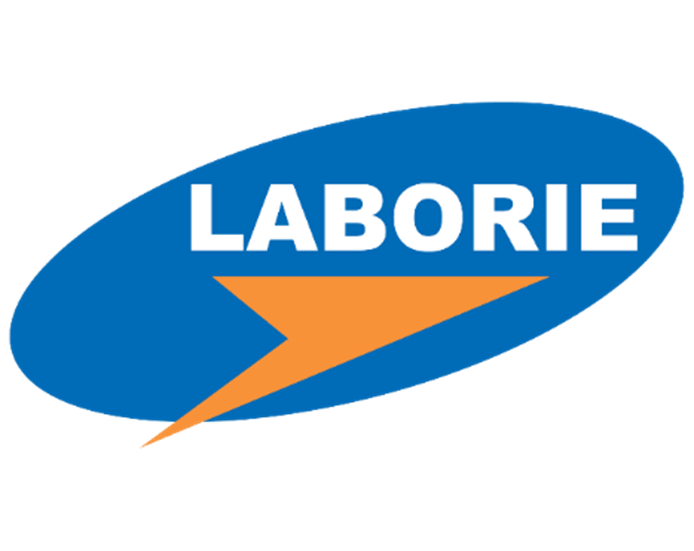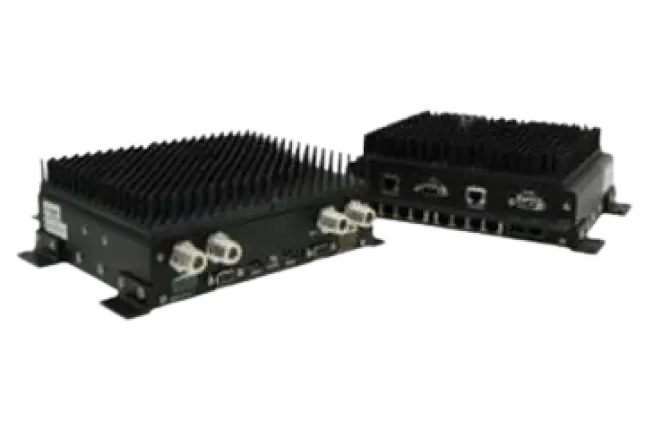

Test Cases:
Automated → 78.0%
Semi-automated → 20.4%
Manual → 1.6% Requirements
Coverage → 100%
Test Cycle Time pre-automation → 600 Hours
Test Cycle Time Automated → 10 Hours


Based on the system overview diagram the following steps below would outline the human vs system interaction.
1. Tester opens ATF desktop client
2. Tester selects test case – select patient, study, etc.
3. Tester clicks ‘Run’
*Human interaction ends and the automated system takes over*
a. The client will then connect to the ATF
b. The ATF will pull the test data from the TFS
c. The input data from the TFS will be converted to machine language by the ATF
a. The executable is sent to the ATE where it automates user and sensor inputs and GUI clicks
i. If the executable is only Software related, the test will be executed on the tester PC instance of the application with emulators
ii. If the executable is only Hardware related, the tester PC will link to the ATE to provide hardware stimulus to control each medical device
b. Once the test run is completed the results are verified and collected by the ATF and stored in the TFS. The results are then presented to the tester PC as an artifact
Laborie, a global leader in urology, urogynecology, colorectal, and gastroenterology, identified inefficiencies in their manual test processes for medical device verification. To improve testing efficiency and overall product quality, Laborie sought to automate their verification and validation (V&V) efforts. They required a customized Automated Test Solution to reduce manual testing efforts and ensure compliance with regulatory standards.
With over two decades of experience in safety-critical systems, Aversan was well-positioned to meet Laborie’s needs. Aversan specializes in Automated Test Equipment (ATE) solutions and has extensive experience adhering to industry standards such as AS9100C and ISO 9001:2008. Aversan’s track record of delivering high-quality automation solutions for similar projects made them the ideal partner for this initiative.

“Aversan’s ability to seamlessly integrate their automated testing solution into our existing processes was pivotal in enhancing our efficiency. Their technical expertise and commitment to meeting our regulatory requirements were key to the project’s success.”
Aversan was tasked with developing a customized Automated Test Solution using their AvSIL Technology. The solution automated 78% of Laborie’s test cases, significantly reducing the need for manual intervention. Aversan’s scope of work included the development of test scripts for automated procedures and the integration of custom hardware components such as the ATS stand and jigs. Additionally, Aversan ensured that the system met regulatory requirements by performing system-level verification.
The project involved the implementation of nightly regression cycles and smoke testing to efficiently manage over 2000 automated tests across multiple machines. Aversan’s solution also supported semi-automated tests, ensuring comprehensive test coverage.
Aversan successfully automated 78% of the test cases, reducing the test cycle time from 600 hours to just 10 hours. This improvement exceeded Laborie’s expectations, greatly enhancing the efficiency and quality of their verification process. As a result, Laborie benefited from a faster, more reliable testing system, reinforcing their confidence in Aversan’s expertise and fostering a continued partnership.
Aversan successfully automated 78% of the test cases, reducing the test cycle time from 600 hours to just 10 hours. This improvement exceeded Laborie’s expectations, greatly enhancing the efficiency and quality of their verification process. As a result, Laborie benefited from a faster, more reliable testing system, reinforcing their confidence in Aversan’s expertise and fostering a continued partnership.
Founded in 1967, Laborie is a global leader in medical solutions, specializing in urology, urogynecology, colorectal, and gastroenterology. Their commitment to innovation and quality has established them as a pioneer in delivering better diagnostics and treatment outcomes for patients worldwide.